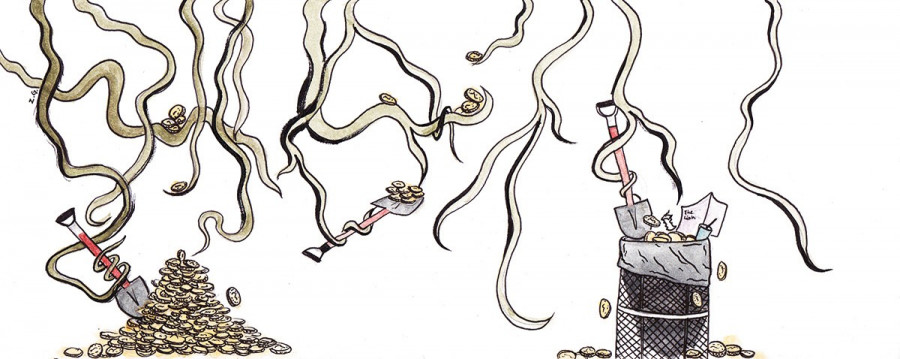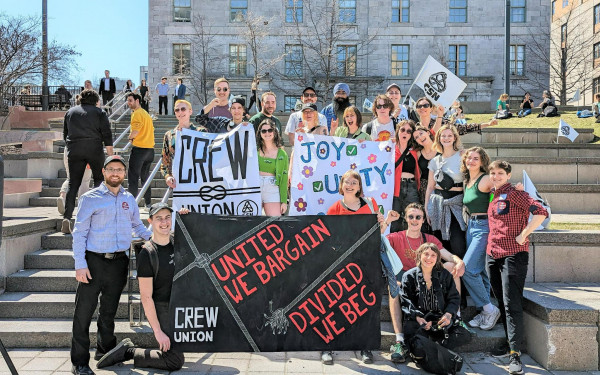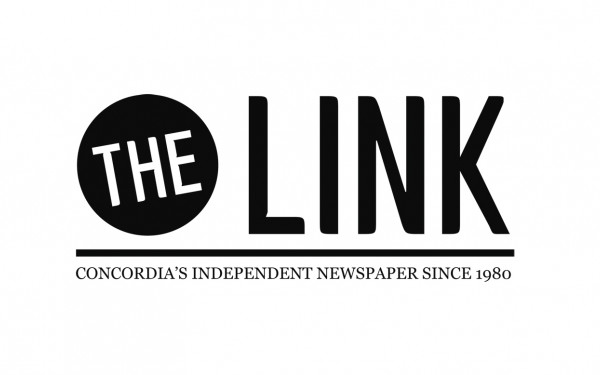Editorial: Doubling Research But Cutting Teaching Resources
Last semester, Concordia University welcomed approximately 9,000 new students.
President Alan Shepard enthusiastically announced that, according to his knowledge, it was the highest first-year enrollment in the school’s recent history.
Having 9,000 new perspectives entering the Concordia community is exciting. Many of these individuals will use the skills they learn within the classroom to achieve great things. As each academic year passes, however, the prospects students have to succeed at Concordia dissipate as the funds for our education do as well.
Through an access to information request, we discovered that the projected 2016-17 budget for teaching and research assistants at the John Molson School of Business has been cut by almost 40 per cent. We learned after, however, that the cut only affects teaching assistants and not research assistants.
University spokesperson Chris Mota said that similar cuts are happening across the faculties. This figure is alarming. In the era of provincial austerity measures which saw Concordia run a deficit in four of the last six years, the cuts represent a further blow to accessible education—and represent the school’s desire to promote its image rather than the classroom.
This comes as the Teaching and Research Assistants at Concordia union signed a new collective agreement that saw salaries for most TAs increase by about 40 per cent. Mota confirmed that this means hours are being cut for TAs.
The university has set out a “Strategic Directions” plan to guide itself over the next few years. One of the nine directions is to “double [its] research.” According to a description on the Concordia website, this entails doubling funding for research as well as opportunities. Of course, research projects are valuable for faculty and students to further their careers and create buzz for the university. But cutting the money to hire teaching assistants outright demonstrates a lack of commitment to students’ day-to-day learning.
Since 2014, the average JMSB class size has increased to about 70 students. In the other faculties, class size has remained the same relatively, but numbers are still high. Arts and Science courses have on average 45 students, while Engineering and Computer Science classes have approximately 60. Hiring TAs—and giving them more hours—is required to meet the rise in class sizes.
President Shepard always reiterates that preserving academic quality is his priority. However, the actions of the administration have yet to demonstrate this. There have been voluntary departure and voluntary retirement programs within the past few years, which saw many important figures in the university leave without replacements.
On top of this, the previous Chief Financial Officer, who was only in office for three months, received a severance package of approximately $250,000. In addition to this payment, Concordia paid $1.1 million to five departed senior administrators last year. The payments were for “administrative leave,” which is the yearlong period where a leaving senior administrator can receive the average of their salary while in their former position. It’s a measure in place to keep Concordia attractive in the job market.
If there’s less provincial funding then cuts must be made, but so far the administration has not shown any willingness to take hits to their own salaries. As we said in our editorial in Issue 16, too often the rules governing how much the administrators are compensated are not factored into decisions regarding budget cuts.
The Link denounces the cuts to the teaching assistant budget. Doubling research to further the Concordia’s reputation at the expense of the learning environments for students is detrimental and counterintuitive to the purpose of education. Every new student that comes to Concordia should know that the university values their experience regardless of whether they choose to conduct research or not.


_600_832_s.png)


_600_375_90_s_c1.jpg)

_600_375_90_s_c1.jpg)